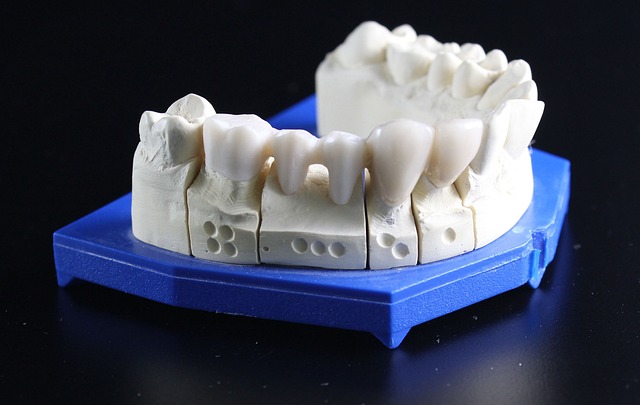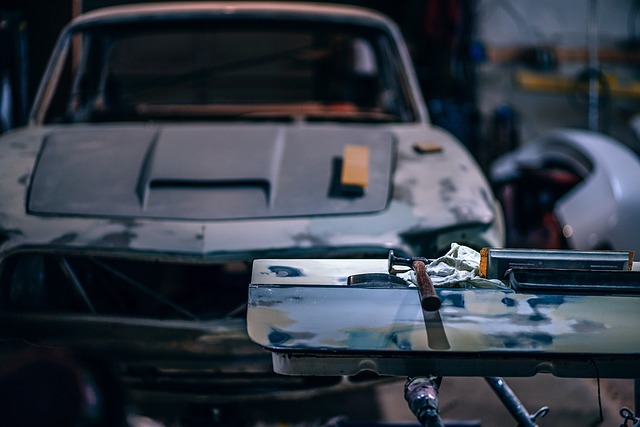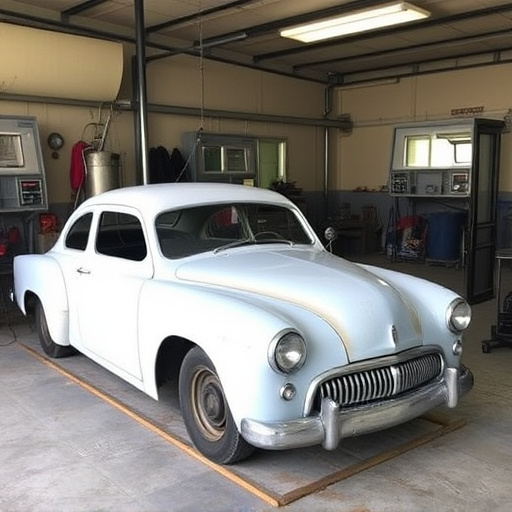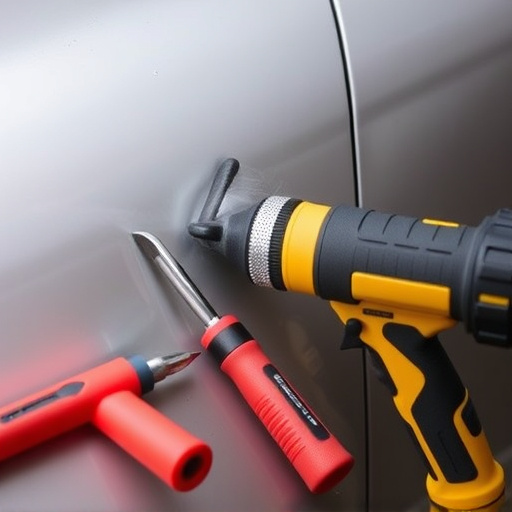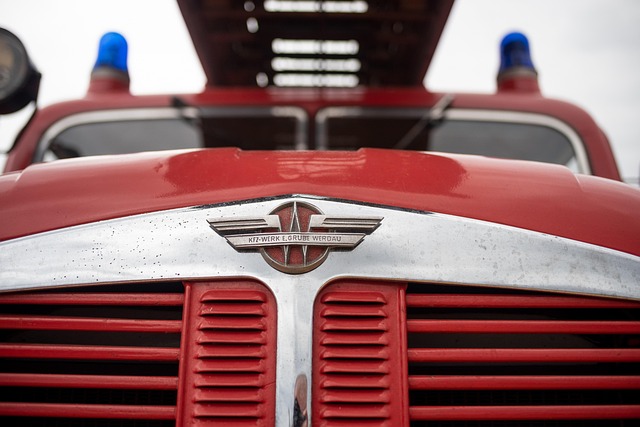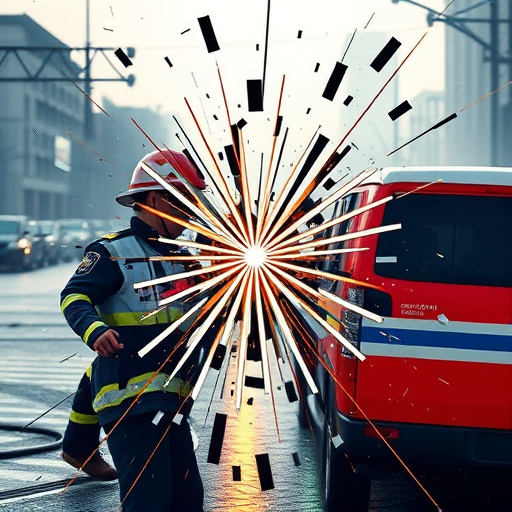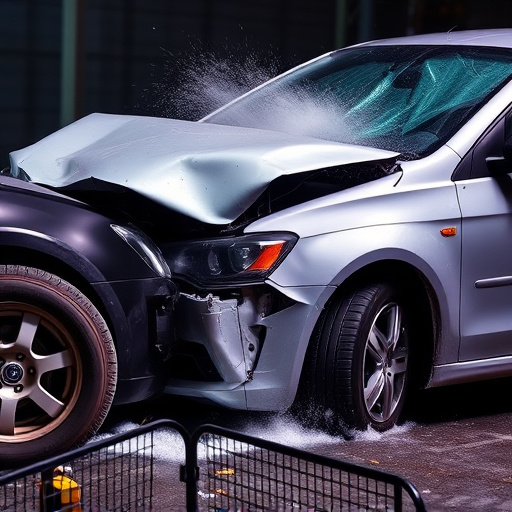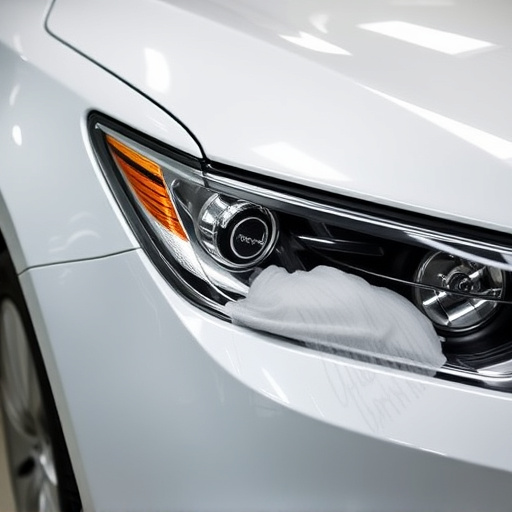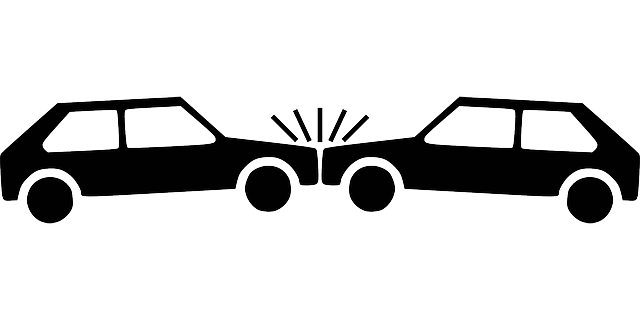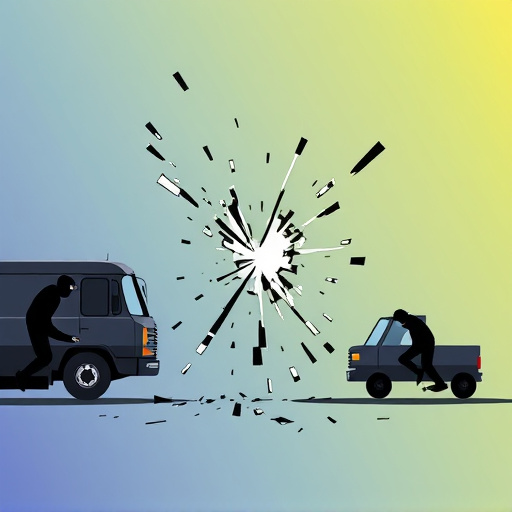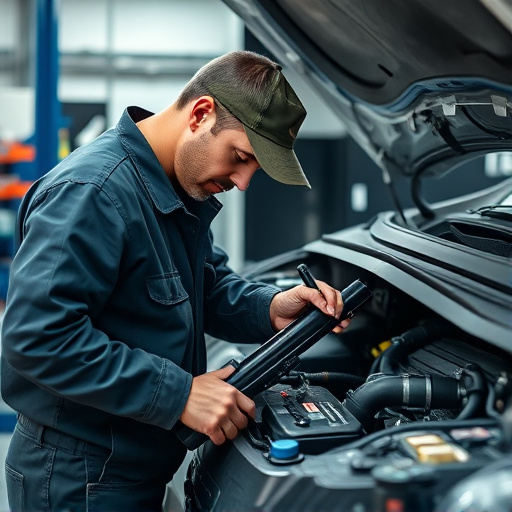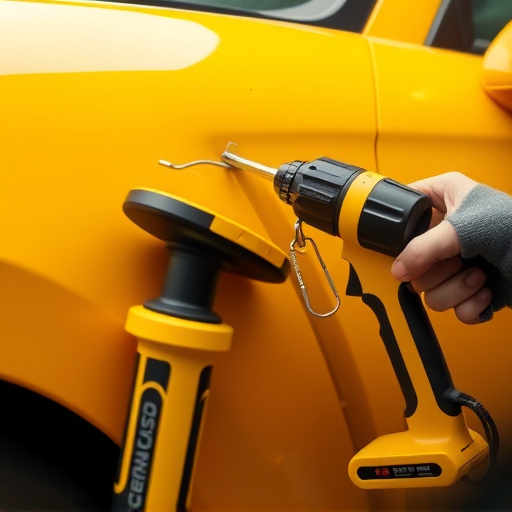After a radiator replacement accident, auto body shops inspect exterior for visible impacts and misalignments, using specialized tools to detect hidden damage. They assess fluid seepage and heat-related issues, employing advanced imaging like thermal cameras and 3D scanners to uncover subtle deformities and internal structural problems, guiding repairs from dent repair to complex restoration while ensuring vehicle safety and aesthetic appeal.
In the event of a radiator replacement accident, accurate diagnosis is crucial for ensuring comprehensive repairs. This article offers strategic insights to navigate post-accident damage assessment effectively. We’ll guide you through meticulous exterior inspections, identifying radiator leaks and heat-related issues, and exploring advanced tools for uncovering hidden damage. By following these steps, professionals can accurately determine the extent of radiator replacement accident damage, leading to efficient and effective repair processes.
- Inspecting Vehicle's Exterior for Damage
- Evaluating Radiator Leaks and Heat-Related Issues
- Diagnosing Hidden Damage with Advanced Tools
Inspecting Vehicle's Exterior for Damage
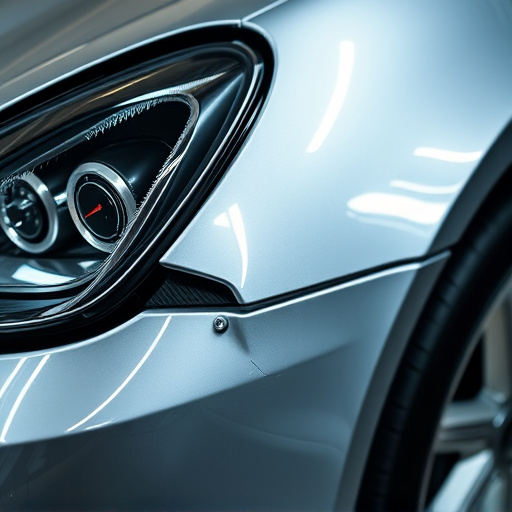
When assessing a radiator replacement accident, examining the vehicle’s exterior for damage is a critical initial step. Auto body shops skilled in vehicle dent repair will look for a range of indicators specific to such incidents. These include visible impacts, dents, and scratches on the front grille, hood, and fenders—areas commonly affected during a collision. Additionally, they’ll check for misalignments or deformations that could suggest hidden damage beneath the surface.
The expertise in vehicle restoration goes beyond visual inspections. Professionals use specialized tools to detect even subtle changes in the metal’s integrity, ensuring no hidden dents or weak spots remain undetected. This meticulous process is vital in determining the extent of the accident’s impact on the vehicle’s structural integrity and guiding decisions for the necessary repairs, be it a simple dent repair or a more complex restoration.
Evaluating Radiator Leaks and Heat-Related Issues
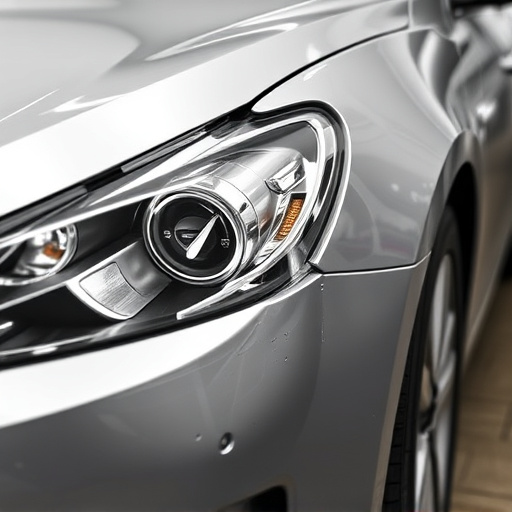
Evaluating radiator leaks and heat-related issues is a critical step in accurately diagnosing damage from a radiator replacement accident. Mechanics should inspect for any signs of fluid seepage, including visible leaks or wet spots around the radiator and its components. Leaks can indicate a damaged gasket, corrosion, or a rupture in the cooling system’s lines, all of which may require specialized car body repair techniques to address effectively.
Moreover, understanding heat-related problems is paramount. Overheating can cause warping or distortion of the vehicle’s body panels, particularly around the engine bay. During an accident, impact forces can exacerbate these issues, leading to complex car body repair needs. Body shop services that specialize in radiator replacement and related repairs employ advanced diagnostic tools to identify such problems, ensuring comprehensive and precise vehicle repair solutions.
Diagnosing Hidden Damage with Advanced Tools
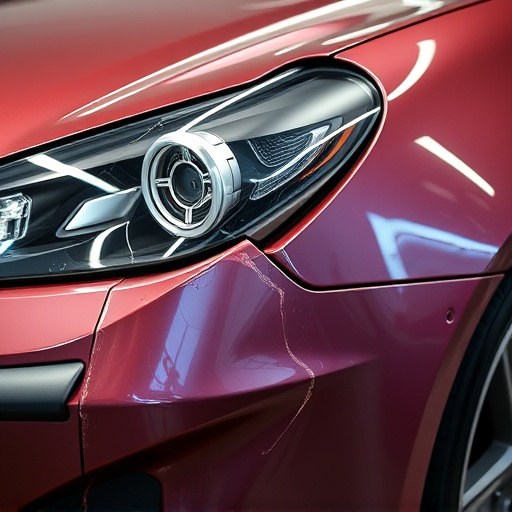
In the event of a radiator replacement accident, hidden damage can often go unnoticed initially. However, advanced tools and techniques are now available to automotive professionals that enable them to detect such damage accurately. These tools include advanced imaging technology like thermal cameras and 3D scanning devices, which can uncover subtle deformities or internal structural issues not visible to the naked eye.
By employing these cutting-edge car repair services and automotive body work methods, mechanics can thoroughly assess the extent of the damage. This meticulous process ensures that every component is examined, from the exterior panels to the intricate internal mechanisms, facilitating a comprehensive evaluation. Such thorough inspection is pivotal in determining whether additional car paint services will be required beyond the initial radiator replacement, ensuring the vehicle’s safety and aesthetic appeal.
Accurately diagnosing radiator replacement accident damage is paramount to ensure safe and effective repairs. By thoroughly inspecting both the vehicle’s exterior for visible signs of impact and evaluating internal components like leaks and heat-related issues, technicians can uncover hidden damage. Leveraging advanced diagnostic tools allows for a comprehensive assessment, ultimately guiding repairs that meet industry standards and maximize vehicle safety on the road.
